The main tank T-90. International market leader
The possibility of producing an export version of the newest T-90 tank began to be considered at the design stage. The result of this was soon the appearance of the T-90С tank, refined to reflect future sales to foreign customers. In October, the newest armored vehicle 1992 was adopted by the Russian army, and at the same time permission was obtained for the export of T-90C tanks. In the near future, a new export tank could be shown to potential buyers and get the desired orders. However, over the next few years, Uralvagonzavod, which developed the T-90C, was not able to sign a single contract with foreign customers.
According to reports, at first, the promotion of the T-90С tank on the international market was hampered for bureaucratic reasons. It is known that before the 1997, the producer organization could not get permission to show a promising car at foreign exhibitions. For the first time such a document was received only in the 1997 year, before the IDEX exhibition in the United Arab Emirates. However, not everything went smoothly this time either: the tank was shown to visitors of the cabin, although it was not officially included in the exposition.
The first demonstration to potential customers positively influenced further events. Shortly after the IDEX-1997 exhibition, negotiations began that preceded the signing of new contracts. In 1999, Russia and India agreed on the transfer of three T-90Cs necessary for use in testing. A little later, this technique was tested on Indian test sites, and also compared with modern foreign machines of its class. According to the test results, the Indian military department decided to buy Russian tanks. In addition, India offered to supply not only ready-made combat vehicles, but also assembly kits. The latter were planned to be “turned” into ready-made tanks at one of the Indian enterprises.
The contract for the supply of T-90 tanks to the Indian Armed Forces was signed in 2001. He implied the construction of 310 fighting vehicles worth about 1 billion US dollars. In accordance with the existing agreement, "Uralvagonzavod" was to build and transfer to the customer an 124 tank. The rest of the equipment should be sent to India in the form of assembly kits. The assembly of tanks under license was entrusted to HVF in Avadi. The delivery of the ordered equipment was scheduled for the next few years.
In the context of the first “Indian” contract, it became widely known story about the desire of the customer to get a guarantee. At that time, Russia and its industry did not experience the best of times, and there was a risk of stopping the construction of tanks for one reason or another. To resolve this problem, the top leadership of Russia had to take the situation under personal control. Fortunately, further events, despite some difficulties, developed according to a positive scenario, and the order was fully executed.
Finished 124 tank T-90С, built in Nizhny Tagil, were transferred to the customer before the end of 2002 year. In the autumn of the same year, the Indian company HVF received the first sets of components and assemblies, and then proceeded to self-assembly of armored vehicles. Delivery of tanks in "unassembled" form lasted for about a year. The licensed assembly of tanks in India was carried out until the middle of the last decade. According to the results of all these works, the Indian ground forces received 310 of the main Russian-developed battle tanks.
Having mastered the tanks of the first contract, the Indian military expressed a desire to continue procurement and construction. New contracts appeared in 2006 year. First, the customer and the manufacturer signed a contract for the licensed production of 1000 new tanks. A few months after the first contract, a new one appeared, according to which India was to receive another 330 T-90C machines with the production of part of this technology in Russia. An important feature of the new contracts was the desire of the customer to get updated equipment in a modified set.

Indian tanks T-90S "Bhishma" on the teachings. Wikimedia Commons Photos
Especially for the Indian ground forces, a new version of the T-90C was created, which was distinguished by some design features. This project envisaged strengthening the chassis and finalizing the fire control system. In particular, the standard thermal imaging devices were replaced by products made in France. Dynamic protection of the Russian development gave way to Indian counterparts.
Interestingly, the T-90С tanks, modified in accordance with the requirements of the Indian army, in addition to the official designation, received a new name “Bhishma” (literally - “Grozny”). We decided to name the tank with high performance and combat capabilities in honor of one of the main characters of the Mahabharata epos, who became famous for his feats of arms and skillful diplomacy.
Already in 2007, India once again ordered Russian tanks. This time it was about the production of 347 machines. The 124 tank was planned to be received in finished form, and the rest were to arrive to the customer in the form of vehicle kits for assembly at the HVF plant. This order cost the Indian military 1237 million US dollars.
Enterprises "Uralvagonzavod" and HVF quickly enough were able to expand the mass production of the required armored combat vehicles and proceed to the implementation of existing orders. The result was the emergence of a significant number of tanks and the start of the rearmament of the land forces of India. Over the next few years, very remarkable results were obtained. So, up to 2010 of the year, Russian tank builders sent to the customer more than 600 T-90С tanks in the original and modified version. At the same time, only a third of the tanks was handed over in a finished form, while most of them were delivered as a set of parts for assembly at local enterprises. It is easy to notice that by this time a little more than a third of all existing orders had been completed. Collaboration continued, and not completed until now. New batches of Indian tanks are still entering the army; this process will continue over the next few years.
Orders for the production of T-90C for India are still being fulfilled. The state enterprise HVF has the ability to assemble from vehicle sets up to hundreds of tanks a year, and therefore it will have to produce new equipment until the end of this decade. According to reports, at present India’s ground forces are armed with more than 950 T-90C and Bhishma tanks. By the year 2020 is expected to be commissioned up to 2 thousand such armored vehicles. Thus, the Indian army has already become the largest operator in the world of the main tanks of the T-90C family, and in the near future will secure an even greater separation from the main "competitors".
Algeria became the second foreign buyer of T-90 tanks. The African state showed its interest in Russian armored vehicles in the middle of the last decade. In March, 2006 was signed a contract for the supply of X-NUMX T-185 tanks. Simultaneously with this contract several more agreements appeared for the supply of various Russian-made weapons and equipment. The total value of all contracts reached 90 billion. A few years later, Algeria initiated the signing of another contract.
At the request of the Algerian army, Uralvagonzavod created a specialized modification of the tank under the designation T-90CA, modified for work in North Africa and other similar regions. The main differences between the “SA” and the base “C” machines were the use of an air conditioner and the ability to install floodlight systems from the Shutter optical-electronic suppression system. Algeria also bought command tanks T-90SKA, differing in the different composition of communications equipment. In particular, the T-BMS tactical battle control system is installed on them.
Unlike the Indian army, the Algerian side did not acquire a license to assemble Russian armored vehicles. Thanks to this, it was possible to reduce the waiting time for the required machines. As a result, by now Algeria has received more than 300 tanks in line and command configurations.
In 2011, the list of buyers of T-90С tanks was replenished by Azerbaijan. The army of this country wanted to buy three battalion sets of armored vehicles - 94 vehicles. The contract provided for the option to further supply more 94 tanks. The Azerbaijani army received the first serial T-90С already in 2013 year. According to reports, to date, delivered about a hundred tanks. Tanks for Azerbaijan, in general, correspond to the original project T-90С, however, they carry optical-electronic suppression systems.
Another large contract was concluded with Uganda. A few years ago, this African state acquired a Russian-made 44 tank. The supply of modern armored vehicles led to positive consequences in the context of the development of the army. The fact is that the basis of the Ugandan fleet of armored vehicles still constitute the outdated T-55.
From a certain time, T-90 tanks of various modifications, including the original “A”, have been supplied to the Syrian army. According to various sources, at least a few dozen cars have already been transferred to a friendly state. Such deliveries are notable for the fact that Russian tanks were able to take part in the current war and show their real potential. In the course of the Syrian war, T-90 of different versions confirmed combat effectiveness and high survivability. Several incidents involving the firing of such equipment with the help of anti-tank complexes that did not end with the destruction of armored vehicles became widely known.
For completeness, it is also worth noting the supply of T-90С tanks of Turkmenistan and Armenia. The Turkmen army currently has only four such vehicles. The Armenian armed forces, in turn, have only one tank of this type. Of great interest is the "origin" of the only tank in Armenia. In 2014, the national team performed at the World Tank Biathlon Championships and took second place overall. This success was marked by a prize - the tank T-90C. Soon the armored car was handed over to the army-prize winner.
In the 2017 year, new messages appeared repeatedly about future shipments of T-90 family tanks. Thus, the Iraqi Ministry of Defense previously announced its intention to acquire at least 70 Russian armored vehicles. In this case, it was only the first batch, and in the future a new order could appear. The cost of the agreement, for obvious reasons, was not disclosed. In the middle of July, new messages appeared on this subject. The Russian side has officially confirmed the fact of signing the treaty with Iraq. However, this time the volume and value of the contract were not specified.
According to various estimates, under the new contract (or contracts) Iraq can receive up to several hundred T-90С tanks or other modifications with a total cost of up to 1 billion US dollars. Naturally, all this is only an approximate assessment, and therefore they should not be taken too seriously.
A few months ago, rumors and reports from unnamed sources appeared about the imminent signing of a contract for the supply of T-90MS tanks to the Egyptian armed forces abroad and in our country. Initially, publications on this topic mentioned the possibility of selling 400-500 tanks, but later these numbers dropped markedly. At the same time, it is said about the possibility of the delivery of a part of armored vehicles in a finished form in parallel with the organization of the licensed assembly. It can be assumed that in the very near future, the first official reports of such a contract will appear.
In the near future, new export contracts may appear. At the beginning of July, the report of the Uralvagonzavod research and production corporation for 2016 a year got into free access. This document contained some new information, as well as clarified already known. In addition, the report specified priority areas that are expected to be developed in the foreseeable future.
According to the report, in 2017, it was planned to timely and efficiently execute already concluded contracts with foreign customers. In this case, it was about Vietnam who ordered 64 tanks T-90С and T-90SK, as well as Iraq, which is to receive 73 machines of the same types. Also this year, Uralvagonzavod must complete pre-contract work with Kuwait wishing to acquire 146 T-90MS / MSK tanks. The same cars are planned to be offered to India.
According to publicly available data, to date, no less than 1400 of main battle tanks of various modifications of the T-90 family have been built by the domestic defense industry as part of export contracts. No less than 1200-1300 armored vehicles will be built before the end of this decade in accordance with existing or planned contracts. Thus, the number of tanks sold T-90 will constantly grow, bringing the Russian industry known income.
If all currently planned contracts will be signed and executed within the prescribed period, then in foreign armies in the early twenties more 2600 T-90 tanks will be fully Russian-made or foreign-built. Thanks to this, one of the last Russian tanks will once again confirm its title as the most commercially successful vehicle in its class. Indian orders have long enough allowed T-90 to break away from competitors in the context of the volume of export contracts, and new agreements will only strengthen its position in the international arms market.
The last year’s Uralvagonzavod report directly indicates that foreign customers are still showing interest in a fairly old T-90C and its various modifications, but they should also offer a newer T-90MS. As is known, the development of the T-90 family continues to this day and regularly leads to new results. Each new version of the Russian tank, embodied in the metal, has every chance to interest a potential customer and become the subject of another good bargain.
Soviet and Russian tanks have long been present on the international market and deservedly retain their leading positions. New machines of the T-90 family continue this “tradition” and, showing high performance, allow Russia to get new large contracts. At the moment, the T-90C and its modifications are the most commercially successful tanks in the world, built after the end of the Cold War. There is every reason to believe that Russian tanks will retain such status for many years to come.
Based on:
http://ria.ru/
http://tass.ru/
https://vz.ru/
http://iz.ru/
http://army.lv/
http://btvt.narod.ru/
https://bmpd.livejournal.com/
The Military Balance 2017
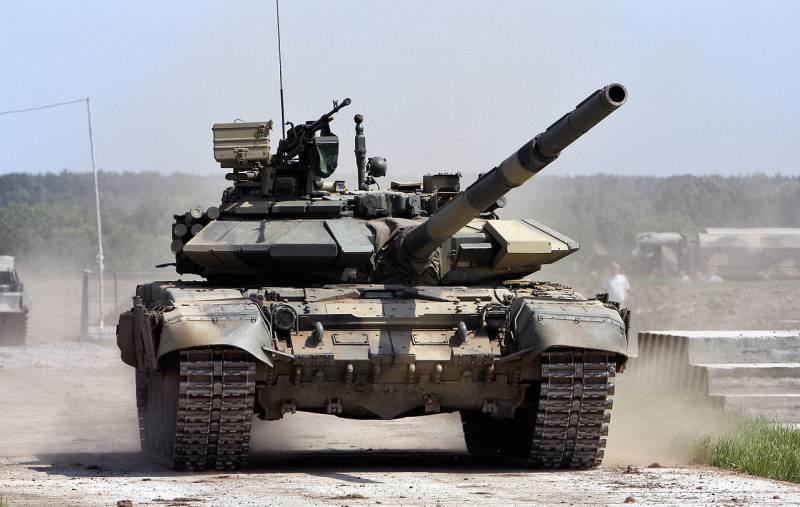
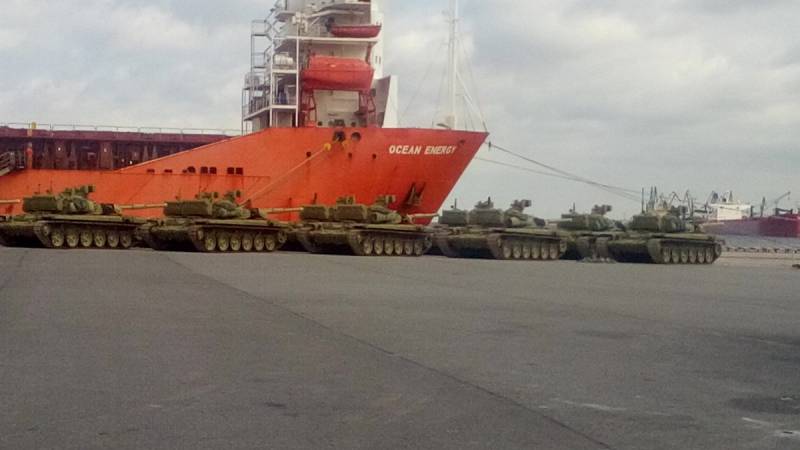
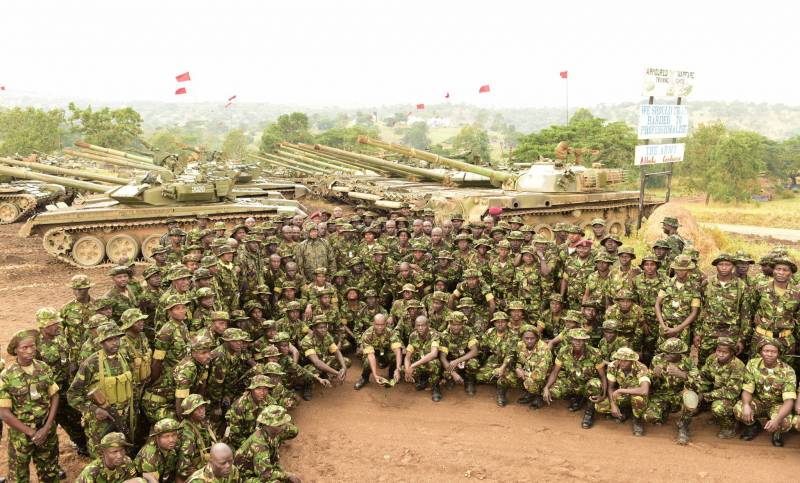
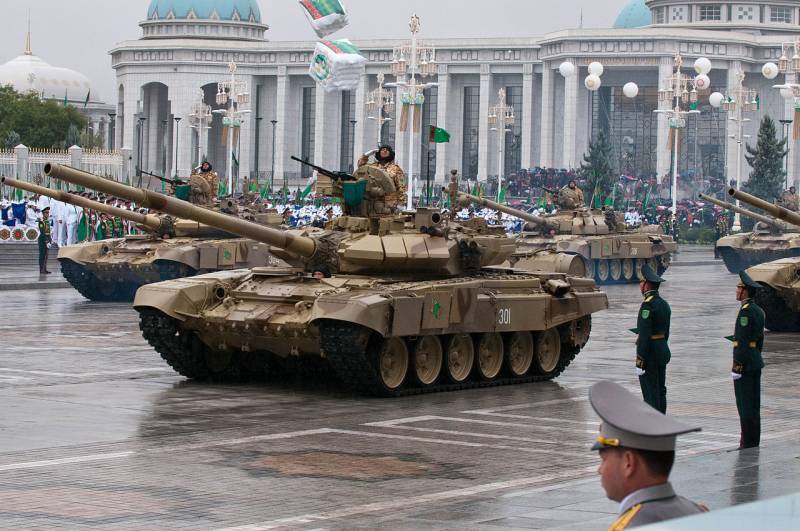
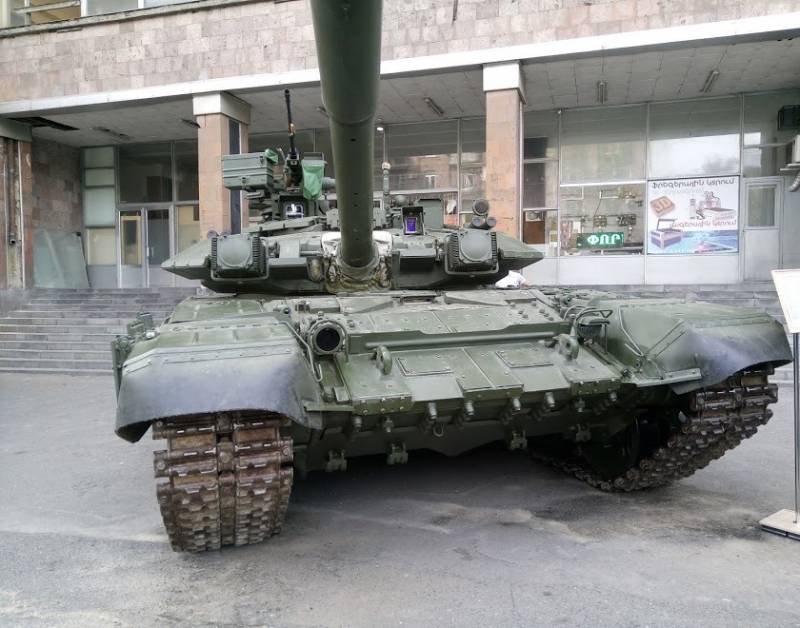
Information